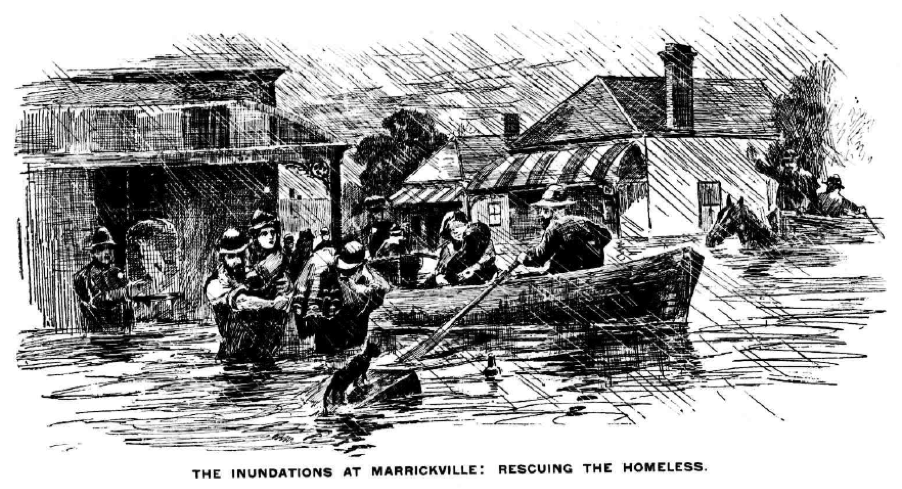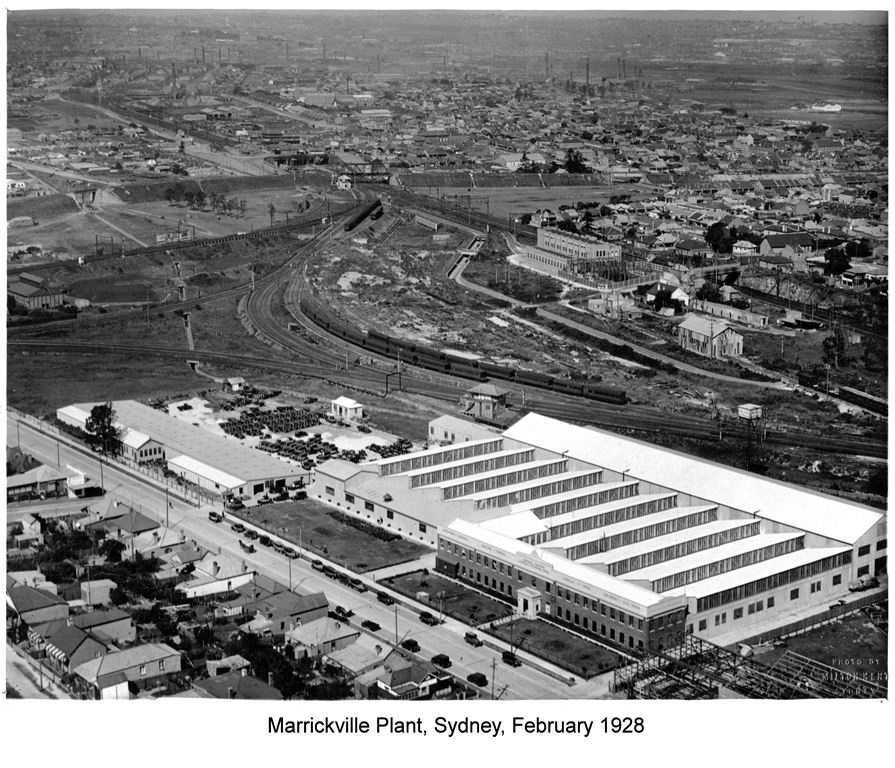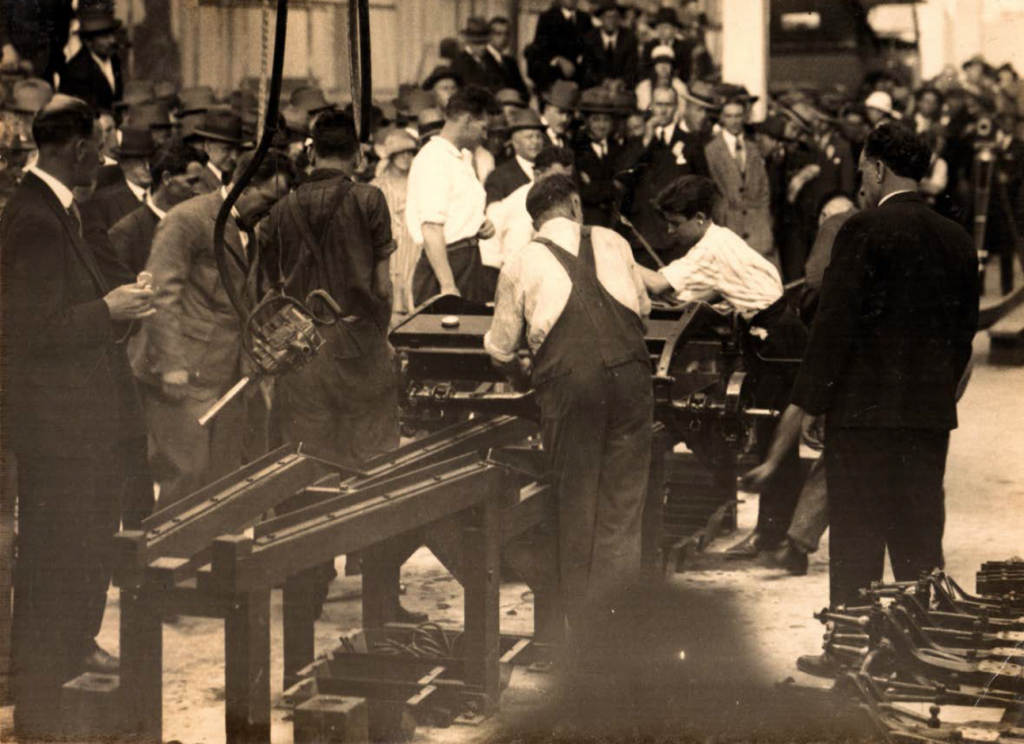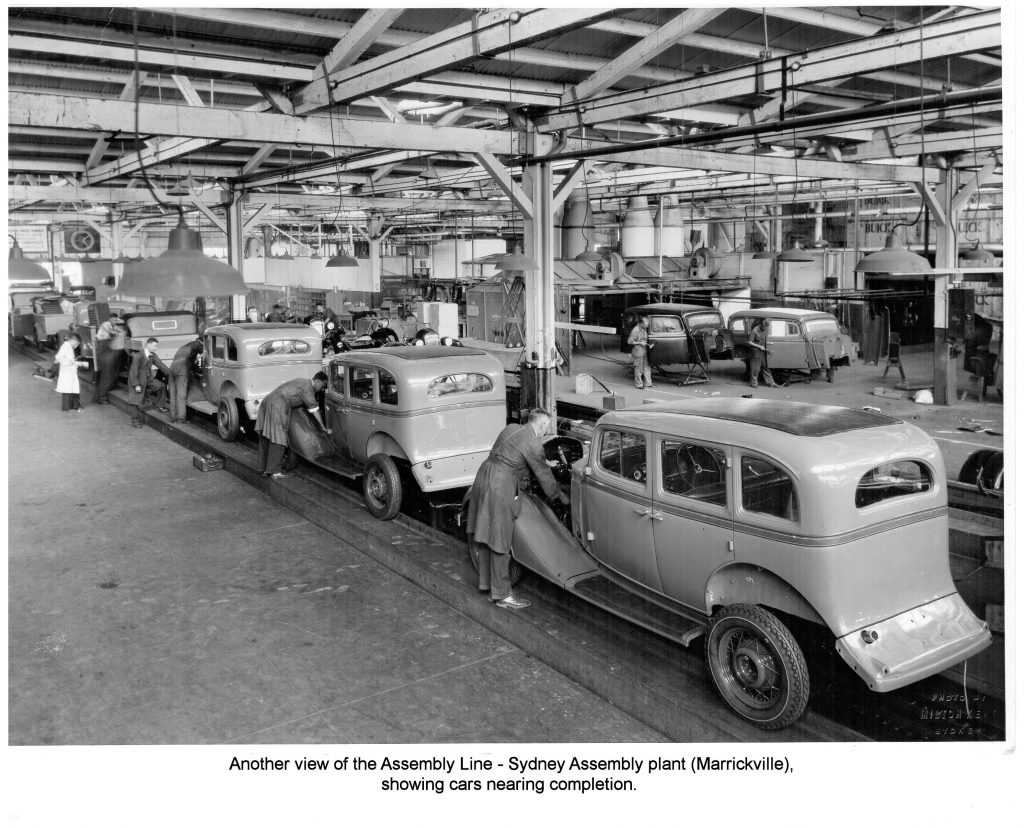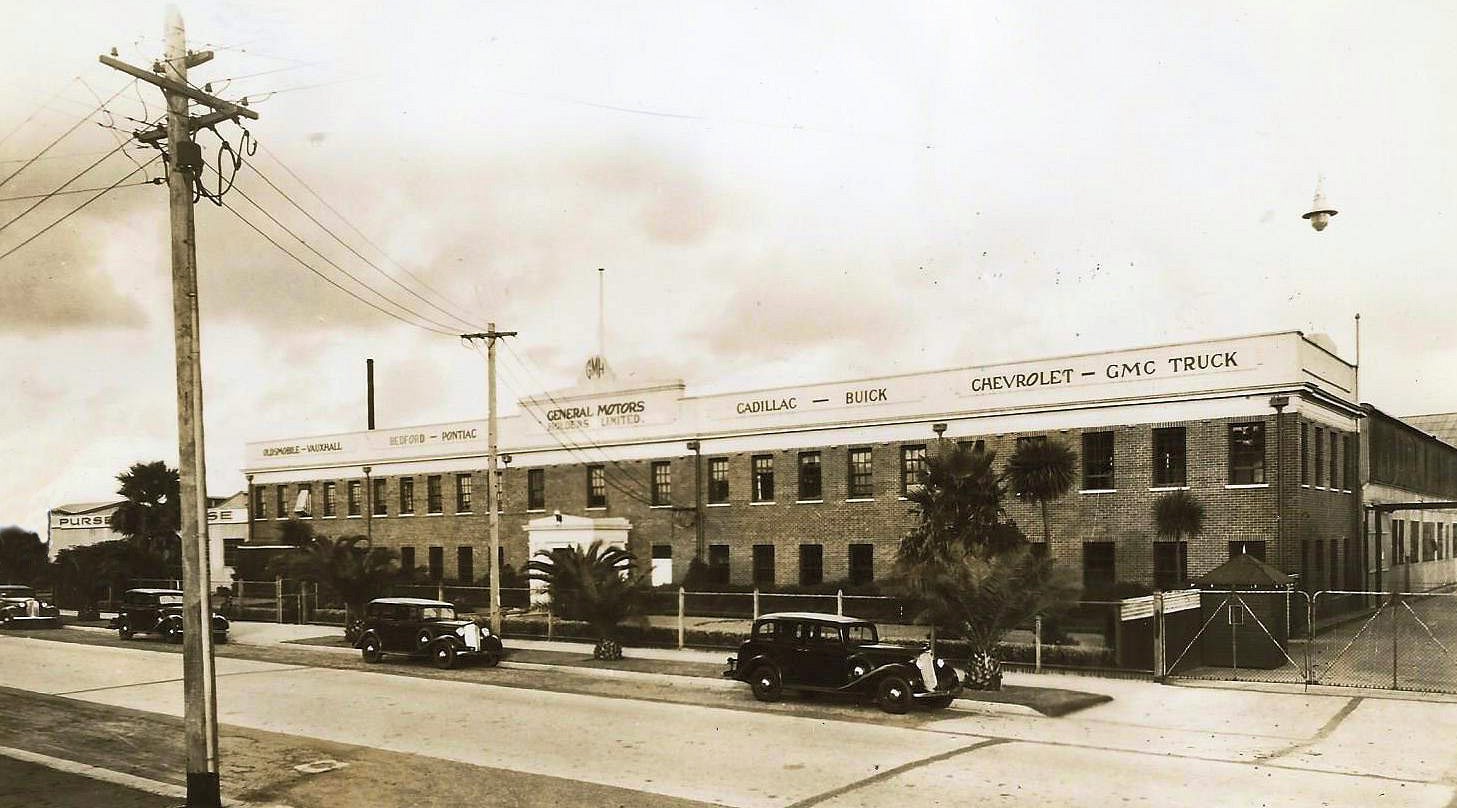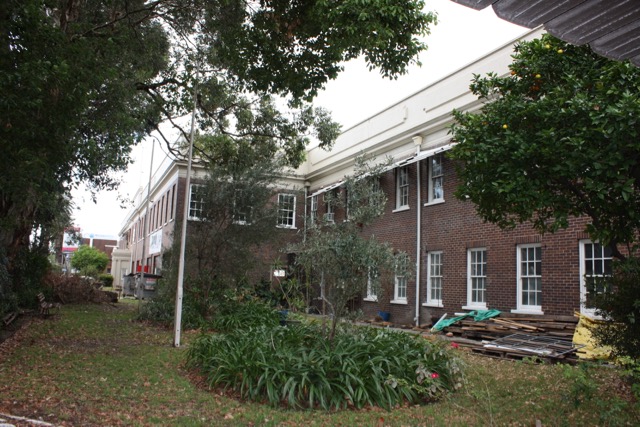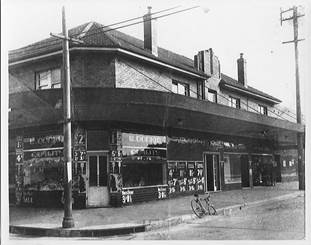Chris Iacono, Chairman, Co.As.It. Italian Family History Group, & his Committee invite you to attend the first IFHG event of 2018

Fabian LoSchiavo was the third child born to Dario and Helen LoSchiavo. He was born at St.Margaret’s Hospital, Bourke Street, in 1949. He grew up in Pymble and Marsfield, and attended Catholic schools there, including boarding school in Bathurst (as an attempt to help him survive asthma). In 1969 he entered the Premonstratensian Order of Canons Regular but left in 1972 to return to lay life. After completing a degree at UNSW in History, he did a Graduate Diploma in Archives Administration, a one-year course to train archivists for government or private archives. In 1981 he began work at the Archives Office of NSW in their office in The Rocks, taking early retirement when that Office was closed in 2013. Fabian’s interest in family history probably began when, at Grandma’s house in Malabar, he was allowed to look at the old photos which ‘Granny’ had stored in a box under the house. ”Who were these people, the ladies dressed in white frilly frocks of the Edwardian era and enormous hats with flowers on them?” He obtained his first historical death certificate when he was 16….Great Great Grandfather Hobbs, who died in 1871 and was described as “Governor of Her Majesty’s Gaol in Wollongong”. Fabian says: “Mum was thrilled, and brandished the certificate at Dad, saying ‘See! I told you we weren’t convicts’. My father, very proud of his origins in the Aeolian Islands, would tease Mum terribly about her Anglo-Irish ancestors…’When Rome ruled the world, your ancestors were digging up potatoes!’ (Historically incorrect, but he loved to boast of Roman glory.)” In retirement, Fabian has not lost his interest in family history, helping friends for the sheer fun of it. Fabian will talk about “Tall Stories”…getting to the truth of family history…does it matter?”
Event date: Wednesday 28 February 2018
Event Time: 6:45 pm for 7.15 pm start
Event Venue: The Cultural Centre, Italian Forum
23 Norton St, Leichhardt NSW 2040
Entry $5 ~ No bookings required ~ Please register at front desk on arrival
Please join us at La Giara Café Restaurant in the Italian Forum after Fabian’s talk. (Refreshments at your own cost.)
Subsidised Parking available in the Italian Forum Carpark. Validate your ticket at Cultural Centre front desk.
Contact Pina Leyland at Co.As.It. for more information. Tel: 02 9564 0744 or email pina.leyland@coasit.org.au.
Please note: This event will be filmed
